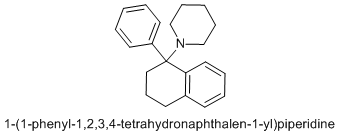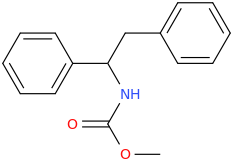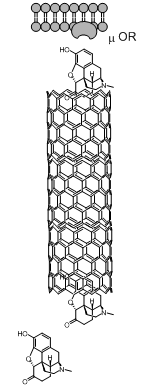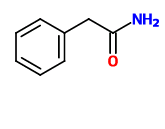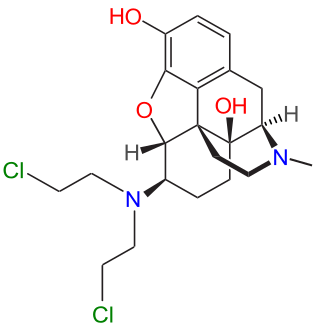What you've drawn is called a Grignard Reagent. Firstly, it couldn't exist as you've drawn it because the Ar-Mg-Br would react with the free amine on the end of the ethyl chain. I don't believe this would act as a brominating reagent even if you protected that amine first with groups that could be removed in a later step, like benzyl groups with can be removed via hydrogenation. I'm not familiar with any application of these reagents as brominating agents. There are simple, commercially available molecules like N-bromosuccinimide & even elemental bromine for doing that.
Grignard reagents are formed in solution of either dry ether or tetrahydrofuran & are not usually isolated but are reacted directly with things like ketones & aldehydes. With metal catalysis they can be made to couple with things like alkyl halides.
So yes, there is a lot more to it. Just being able to draw a structure doesn't mean it makes sense or can be made or exist in the real world.
I don't know what your educational background is in organic chemistry, but Grignard chemistry is usually first-year college organic 101. If you haven't already, order a good introductory organic textbook from Amazon or your local college bookstore. Or just read this:
https://en.wikipedia.org/wiki/Grignard_reaction
Whatever you wind up doing, be very careful with Grignard chemistry. You're working with volatile & flammable solvents that have to be specially purified to remove peroxides & dried before using. The Grignard reaction itself, where magnesium metal reacts with the organic halide, are many times difficult to get started due to factors such as surface oxidation on the magnesium metal you are using. And once started, they can get pretty active, so you have to work under efficient reflux condensers for proper cooling. And most Grignard reactions are run under a continuous flow of dry nitrogen. Good luck!


